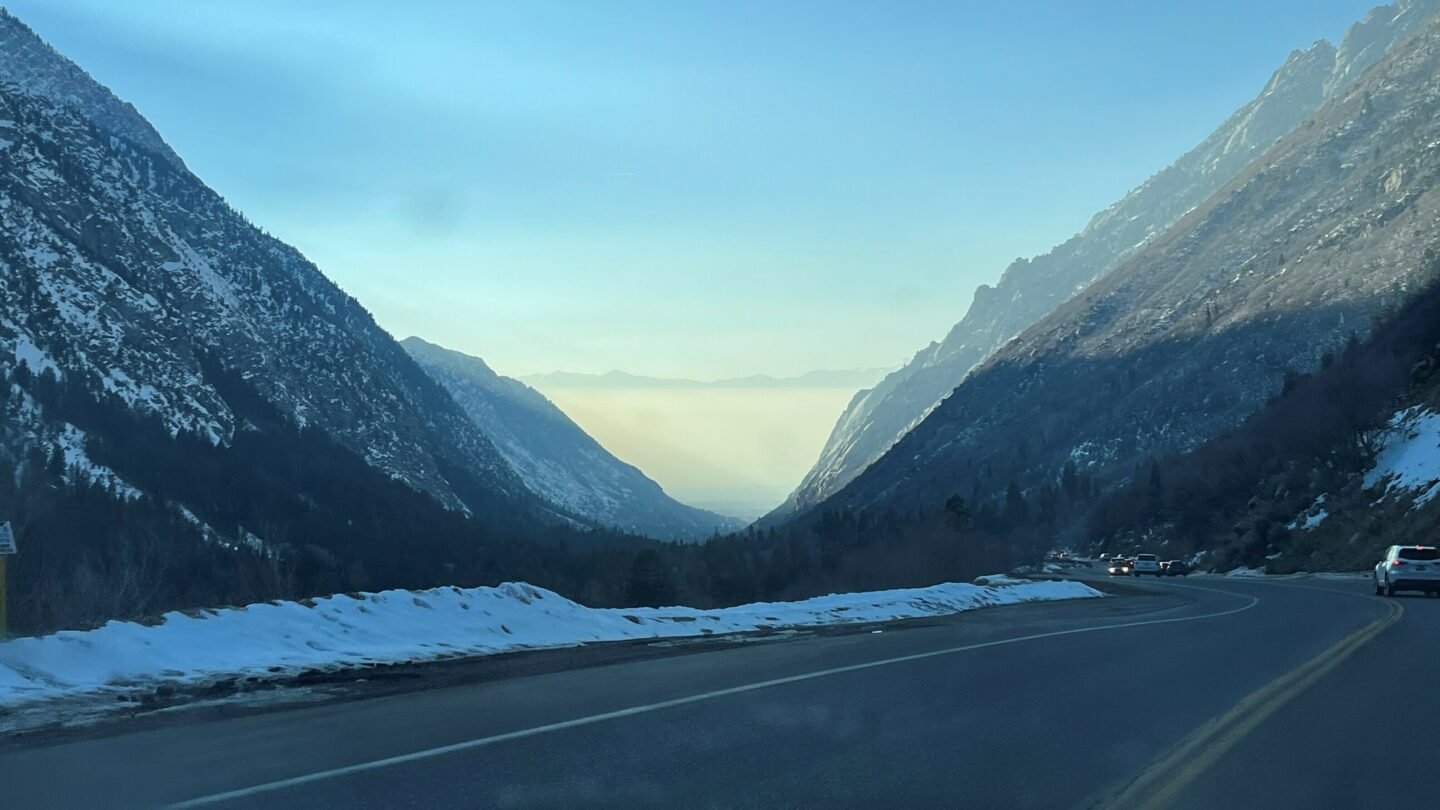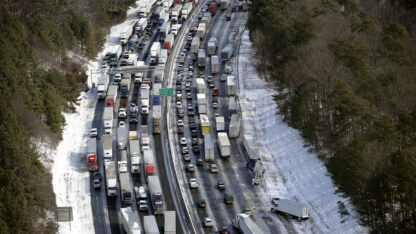In Minnesota, a lack of cold shutdown youth hockey games this winter. Ice cover on the Great Lakes was at historic lows in February. Snow cover disappeared on ski trails in Vermont. Texas saw the largest wildfire in state history, driven by heat and low humidity.
The lower 48 states just had the warmest winter in 130 years of record-keeping, according to the National Oceanic and Atmospheric Administration. Temperatures were more than 5 degrees Fahrenheit hotter than average.
Winters are warming faster than any other season in most of the U.S. As humans add heat-trapping gasses to the atmosphere, the coldest places and coldest temperatures are being affected the most, having profound implications for food and water supplies.
From December to February, the biggest temperature effects were in the Upper Midwest, Great Lakes and Northeast. In February, Alaska was 10.3 degrees Fahrenheit warmer than average. It was also the hottest February on record globally, according to the European Union climate agency Copernicus.
The continuing warm temperatures come on the heels of a record year in 2023. Scientists found it was the hottest year recorded, driven by both human-caused warming and a strong El Niño climate pattern. During El Niño years, large amounts of heat stored in the ocean are released and circulated around the planet, causing hotter temperatures and shifts in weather patterns, like flooding in some locations and droughts in others.

9(MDAxODM0MDY4MDEyMTY4NDA3MzI3YjkzMw004))








